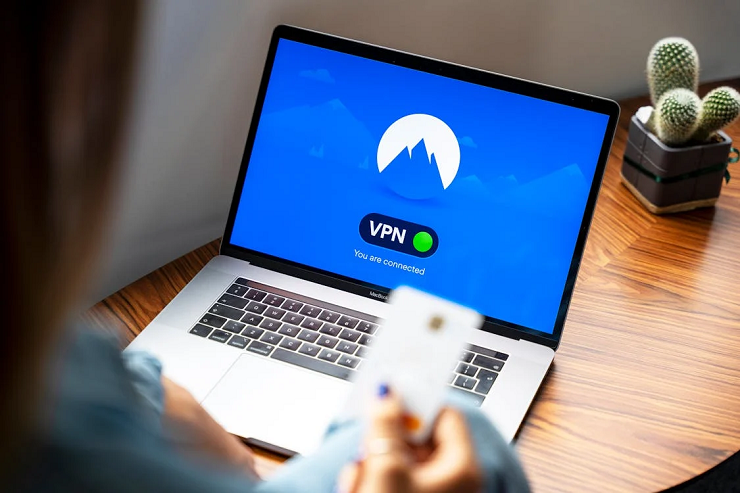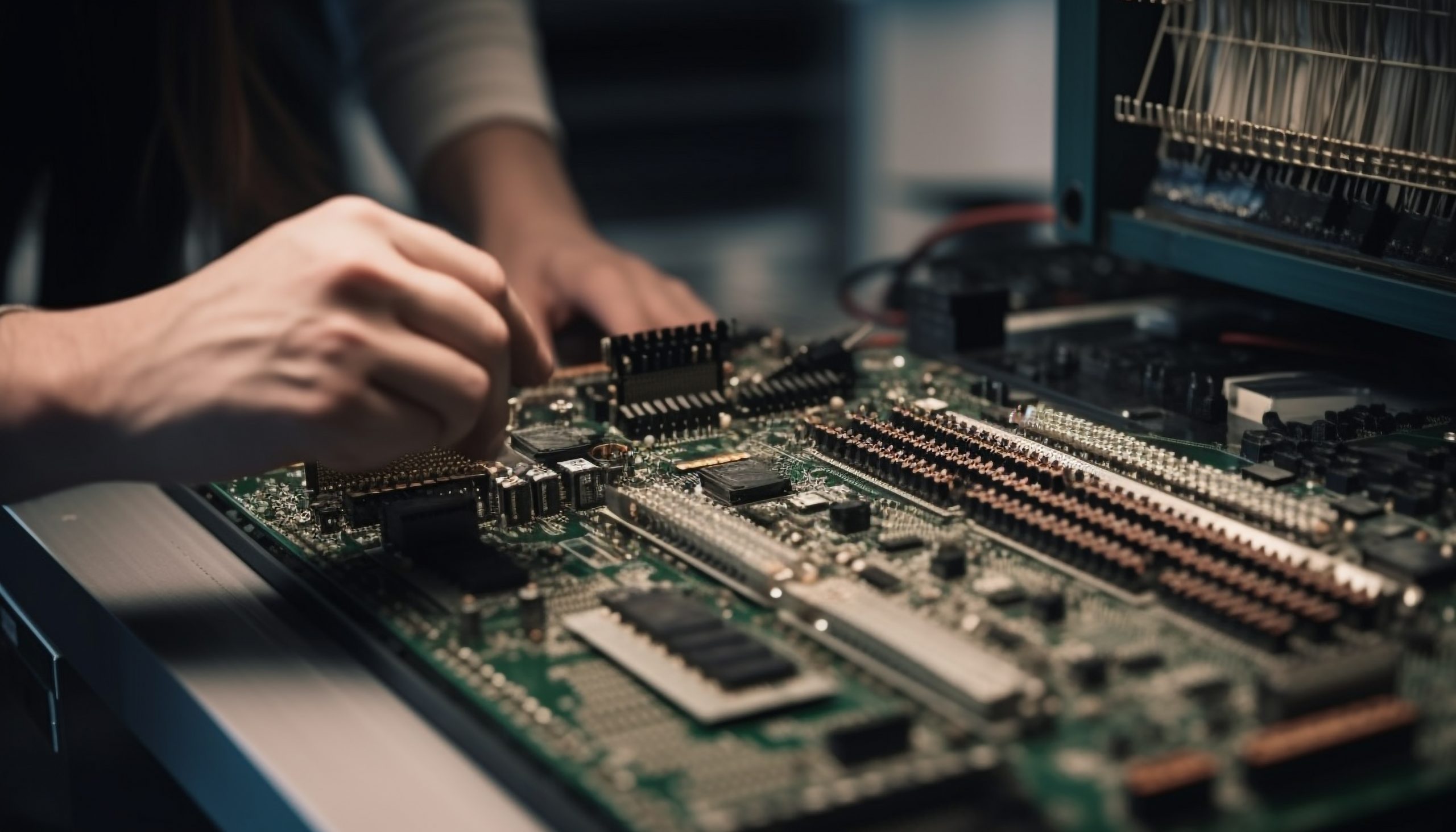

Roughly 300 million smart homes — homes with lighting, heating, and various electronic devices that one can control remotely with a phone or computer — exist worldwide. Is yours one of them?
If you’re in the middle of planning a big move, you might be wondering how you can transition all your smart home devices to your new house. Luckily, this guide breaks down the steps you’ll need to take to make this process as simple and stress-free as possible.
Proper preparation makes life much easier, especially when it comes to relocating your smart home devices. Here are some tips to help you prepare your electronics for the big move:
Before unplugging your router and other smart home devices, write down your existing network settings.
This document should include information like the Wi-Fi network name, passwords, and custom configurations. That way, when you reinstall the equipment, you won’t have to start from scratch or scramble to remember your password.
Go through your home and take note of all the devices you plan to take with you to your new home. Don’t forget about things like smart light bulbs and locks, which are easy to overlook because you’re focused on larger pieces of equipment.
Follow the instructions laid out in the manual to back up each device and ensure all your information gets saved. This step will make the reinstallation process a lot less stressful.
Don’t forget to check that your devices are compatible with your new home.
Depending on where you’re moving, especially if it’s an older property, you might need to make some changes to your current smart home system — and it’s better to know about these changes before you move and try to reinstall your equipment.
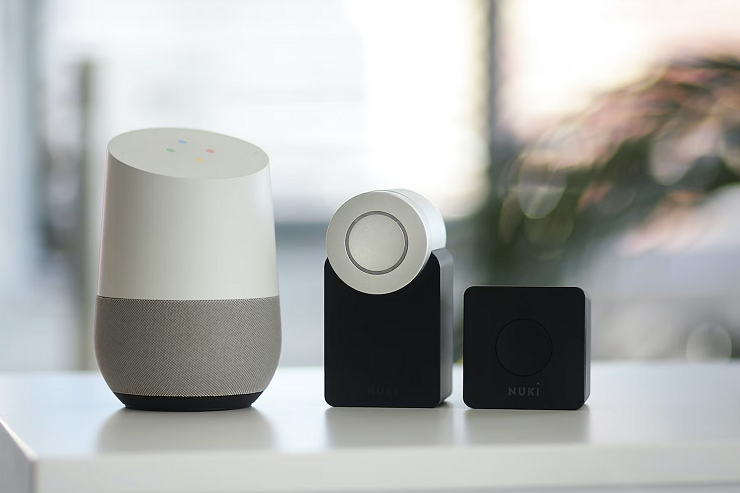
Packing electronics and smart devices requires a few extra steps compared to packing things like dishes and decorations. Keep these guidelines in mind to ensure everything gets packed safely and makes it to your new home in one piece:
If you plan to keep any of your devices in a storage unit for an extended period, make sure the unit is sufficiently weather-proofed and climate-controlled. Otherwise, your devices may become damaged by humidity, water, heat, etc.
When packing your devices, take the time to label them correctly.
No matter how great you think your memory is, it’s easy to forget which boxes contain which items in the thick of a big move. Labeling will allow you to unpack faster and get your new smart home working correctly sooner.
If you don’t have a labeling process already, these tips can help:
When disconnecting and packing devices, it helps to go room by room and take care of everything in that particular space at once.
Clearly label each box according to the room in which the devices were located (kitchen, hallway, office, etc.). Add labels on multiple sides of the boxes, too, so you can tell where their contents belong more quickly.
Color coding is another helpful labeling technique. Assign each room in your house a color and then add a corresponding sticker to all the boxes containing items that belong in that room (including components of your smart home system).
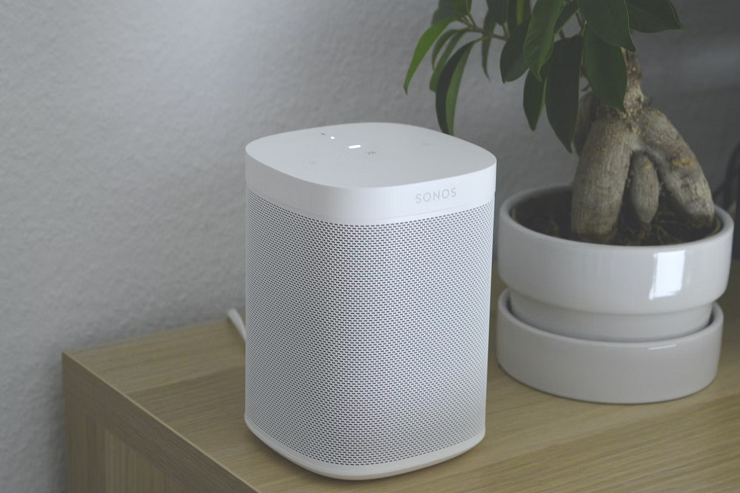
Properly packing and safely transferring your devices are the first steps to a smooth move. The final steps are unpacking and reinstalling your devices (and ensuring they all function correctly).
Follow these guidelines to simplify these last two steps:
If you have smart hubs that control multiple devices, set those up first. These devices might be the most complicated ones, so getting them installed will help you eliminate the most time-consuming task first.
As much as possible, test each device as you set it up instead of waiting until the very end. That way, if something is wrong, you can address it sooner and avoid a headache when you’re exhausted from a long day of installing electronics.
If you’re unsure of how to install a particular device, or if it doesn’t seem to be working correctly, reach out to an expert. Calling a professional can save you a lot of time and potentially money — since you won’t have to worry about paying someone to fix your installation mistakes.
You may experience some growing pains when you relocate your smart devices to your new home – even if you were as careful as possible when uninstalling, packing, and reinstalling.
The following are some of the most common issues you might face, with tips on troubleshooting them:
If your device isn’t connecting to the Wi-Fi network, start by making sure the router is plugged in and that you’re connecting to the correct network.
Suppose the Wi-Fi problem keeps coming. Then, try turning off the Wi-Fi on the device and then turning it back on. Try moving the device closer to the router next to see if the problem is distance-related.
If a device’s battery seems to be draining more quickly than usual, the problem could be that the device is out of the Wi-Fi router’s range, causing it to work harder. Moving it closer to the router (or vice versa) could help to resolve the issue.
Sensor or camera installation issues are often the culprit when devices go off at the incorrect times. Check to see if the device is near an air vent, heat/light source, or direct sunlight, all of which could cause it to go off when it’s not supposed to.
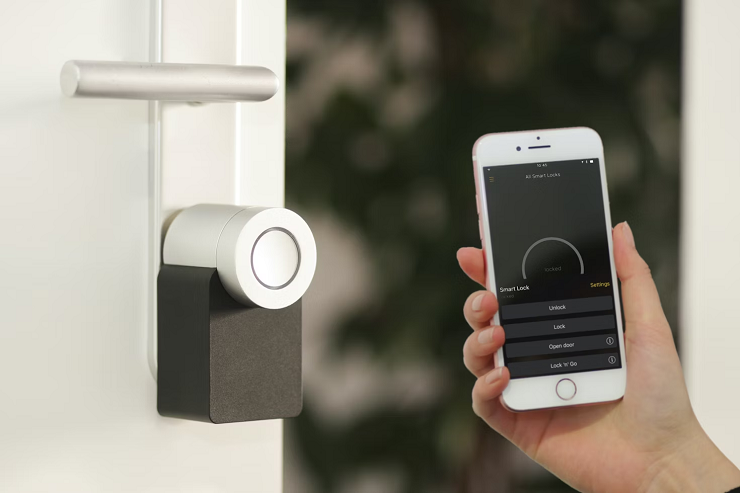
From disconnecting and packing to reinstalling and calibrating, moving smart home devices can be a lengthy and, sometimes, frustrating process. If you follow the tips and guidelines listed above, though, you’ll have a much easier time settling into your new home and trusting that all our electronics work as they should.

I’m a Nerd and very proud of it! I love to write about anything Tech related. Subscribe to our blog for helpful tips, tricks & news.
